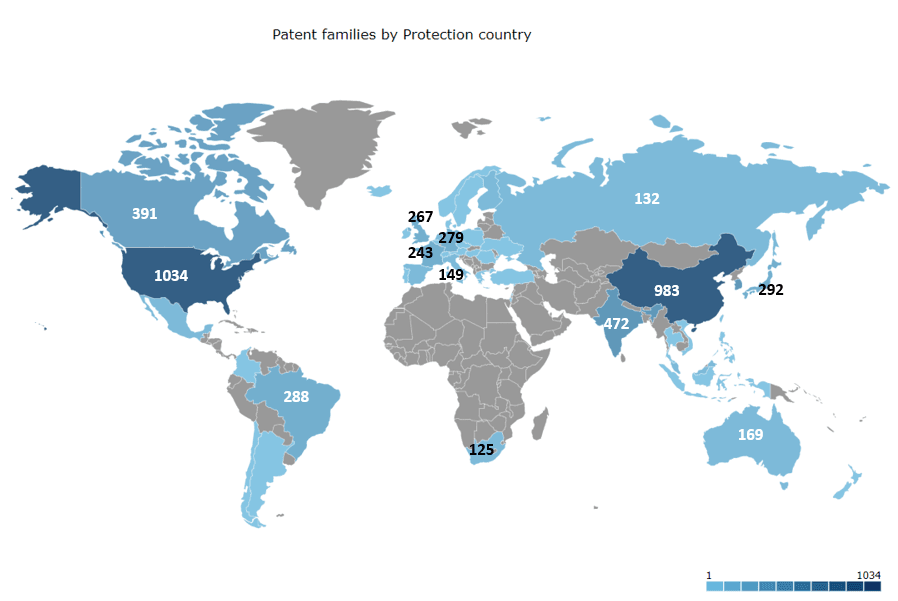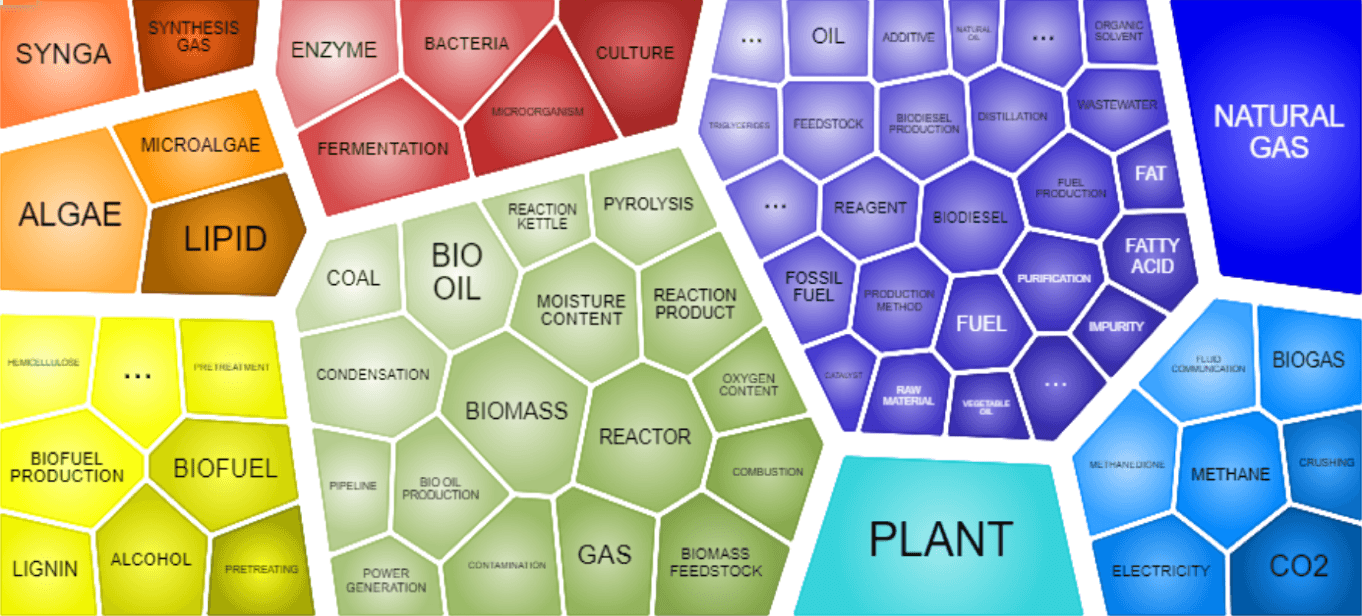
- Patent
- Trademark
- Innovation
- SolutionsAI
- Contact
- Learn & Support
- Learn and support
- Webinars & EventsAre you interested in attending one of our online or onsite event?
- Product TrainingsCustomer success is our priority. Increase your skills in the use of Questel’s software
- Product NewsA platform dedicated to software and platforms news and evolutions
- Best-in-class Customer ExperienceOur goal is to exceed our clients' expectations and share best practices
- IP TrainingIncrease the IP-IQ of your entire organization with engaging IP training programs
- Newsletter subscriptionSign up for our quarterly patent and trademark newsletters and set your email preferences below.
- Webinars & Events
- Resource HubStay up-to-date with industry best practices with our latest blogs
- Resource Hub
- About Questel
- Learn & Support
- Learn and support
- Webinars & EventsAre you interested in attending one of our online or onsite event?
- Product TrainingsCustomer success is our priority. Increase your skills in the use of Questel’s software
- Product NewsA platform dedicated to software and platforms news and evolutions
- Best-in-class Customer ExperienceOur goal is to exceed our clients' expectations and share best practices
- IP TrainingIncrease the IP-IQ of your entire organization with engaging IP training programs
- Newsletter subscriptionSign up for our quarterly patent and trademark newsletters and set your email preferences below.
- Webinars & Events
- Resource HubStay up-to-date with industry best practices with our latest blogs
- Resource Hub
- About Questel

What Can Patent Landscape Analysis Tell Us About Innovation in Biofuel Production?
In response to global warming and related environmental challenges, there has been considerable interest in the use of biofuels and the optimization of biofuel production processes and methods in recent years. Rayhana Laamiri, Consultant in Business Intelligence, examines the patent dynamics of biofuel production technologies to reveal the major players and main R&D markets for this promising fuel alternative.
What Are Biofuels?
Biofuels are alternative fuels produced by the conversion of plant, algae, or animal waste biomass. As a renewable alternative to fossil fuels, most biofuels are used for transportation, but they may also be used for heating and electricity generation.
Biofuels can be synthesized using different methods, and a great deal of research is underway to identify new raw materials and production procedures to improve the quality of final products and to make them more adaptable to current engines.
For example, synthetic biofuels are produced from hydrocarbons from biological sources, such as biomass feedstock, using chemical and thermal methods.

Source: Biofuel production
What Can Patent Dynamics Tell Us About Innovation in Biofuel Production?
To understand the innovation and R&D activities in this emerging technology, we performed a macro search using our proprietary IP intelligence software. By analyzing biofuel production-related patents using our IP landscaping expertise, we were able to create a fascinating global insight into research advancement and investment in this field.
Biofuel Production: Origin and Dynamic of IP Filings
A global overview of the IP trends covering biofuels synthesis and production, including legal status, filing dynamics, and R&D countries, is shown below.
As can be seen from the charts, filings for the technology peaked in 2010 with 401 patent families filed, followed by a continuous decrease in patenting activity thereafter. Of the patent families filed, 44% are granted and 33% are pending in a global database of 5,016 patent families.Asia is the leading continent for patent filings, mainly driven by Chinese players (>1,300 patent families), followed by American (88% from USA), and European (15% from UK) companies.

Biofuel Production: Market Coverage
Inventions in biofuel production have worldwide protection and are mainly published in the main innovation countries, namely the USA, China, India, and Canada.

Biofuel Production: Top Players
Major players from the energy and oil field industries can be found among the main innovation investors in biofuels, along with the contribution of academics and research centers mainly from Korea. The Anglo-Dutch giant Shell is taking the lead with 64 patent families filed, describing mainly cellulosic materials conversion and processes thereof. The American petroleum refining company UOP is second with 49 patent families, mainly about fuel synthesis from renewable feedstock.
Patent filing for major players shows an early interest in biofuel technologies before 2006. The deceleration of patenting from major players since 2016 could be explained by an interest in resources other than biomass for producing biofuels and energy.

Biofuel Production: Networks and Collaborations
Patent applicants tend to cite each other’s patents when describing their inventions. This strong interaction tells us a lot about competition in the field. A portfolio that is strongly cited by most players is likely to be a pioneering or a blocking portfolio.
As expected, basic research institutions are the main contributors of scientific collaborations, especially universities in Asia (including Korea Institute of Science & Technology, Tsinghua University) and American Universities and entities (University of California and Battelle Memorial Institute) and IFP Energies Nouvelles (a French research institute).
Interestingly, oil & gas companies (Shell, China Petroleum, Eni, PetroChina, UOP, Chevron), are found in the top collaborating industrial partners in the biofuels field with the presence of biofuel-specialized companies such as Neste Oil and IOGEN.

Biofuel Production: Technology and Concepts
The graph below provides the most-used concepts in biofuel production. This can be a source of ideation for new developments or used to identify protected technologies in a new field.
Bio-oil, syngas, pretreatment, reagents, and microorganisms are the key concepts associated with patents related to biofuel production.
The concept covers different stages of biofuels synthesis, including:
- Raw materials: Algae, lipids, lignin, biomass, coal…,
- Processes: Plant, reagents, pipelines, microorganisms, enzymes… and
- Products: Biogas, biofuel, syngas.

The following graph also identifies the possible technology clusters protected among the overall biofuels patent corpus. Each dot corresponds to a patent family, and the location is calculated according to the similarity between the different documents. Similarity is based on the proximity of technological concepts between documents.
It also identifies potential raw materials (microalgae, essential oil, fermentable sugar, fatty acids), processes (photoreactor, pyrolysis reactor), and catalysts or reagents (bacteria, recombinant yeast, propyl radical) for biofuel synthesis.

How Patent Dynamics Chart the Future of Fuel
Innovation in biofuel production promises to reduce the carbon footprint of fuel-intensive industries. By including biofuels in the energy mix, companies can tackle their cumulative carbon emissions and the cost of meeting 2050 net-zero carbon objectives.
Given the largest carbon savings are obtained from using second-generation feedstocks—such as agricultural residues, wood wastes, and other waste materials—the supply of sustainable biofuels will be limited by the availability of such feedstocks, however.
As synthetic fuels are currently more expensive to produce than fossil fuels, innovation in each process stage has the potential to reduce these costs in the future. This will enable biofuel production to be scaled up to defossilize the world’s increasing transport demands.
Patent dynamics can provide valuable insights into research and innovation trends and markets, as we hope this analysis on biofuel production illustrates. For further information on patent activity in the renewable energy sector or for specific advice or support, contact the Questel IP Consulting team.

Rayhana Laamiri is a Consultant in Business Intelligence, with a chemical engineering degree from the National Institute of Applied Sciences and Technology (INSAT), Tunisia, and a master's degree in solid state chemistry from Lorraine University, France. She joined Questel in 2018 as an IP consultant in the chemistry team, working on topics related to chemistry and materials for several international companies.